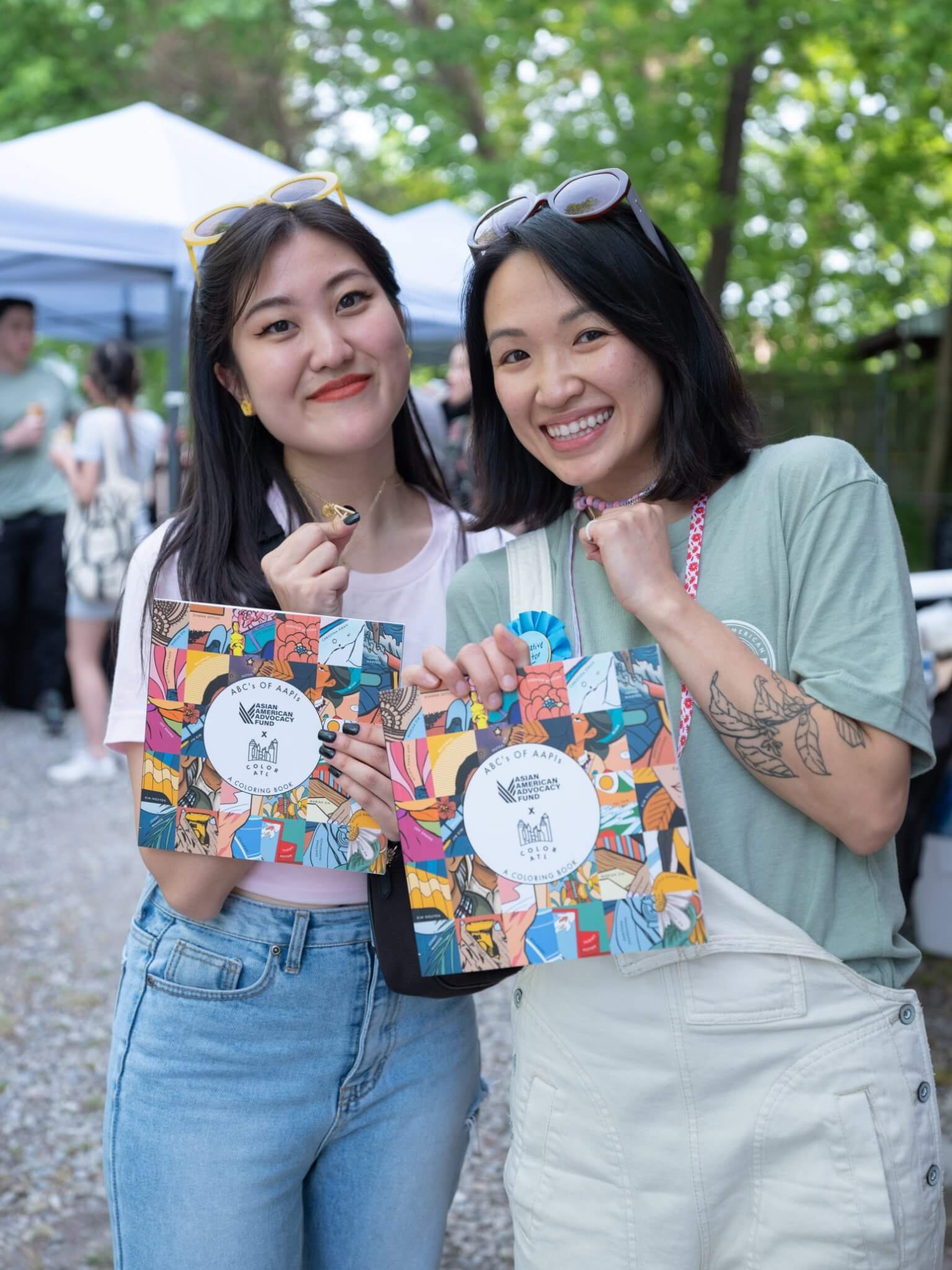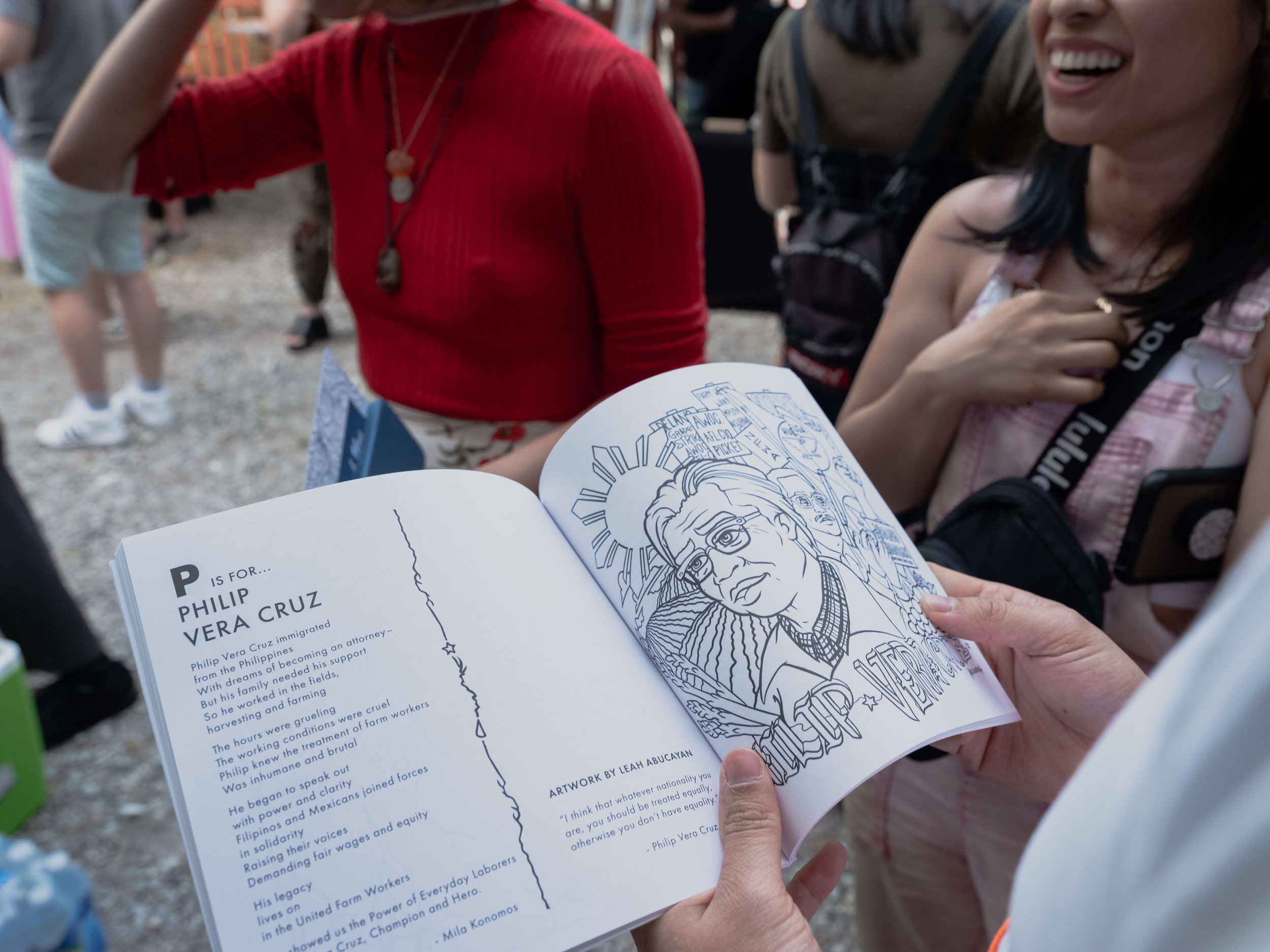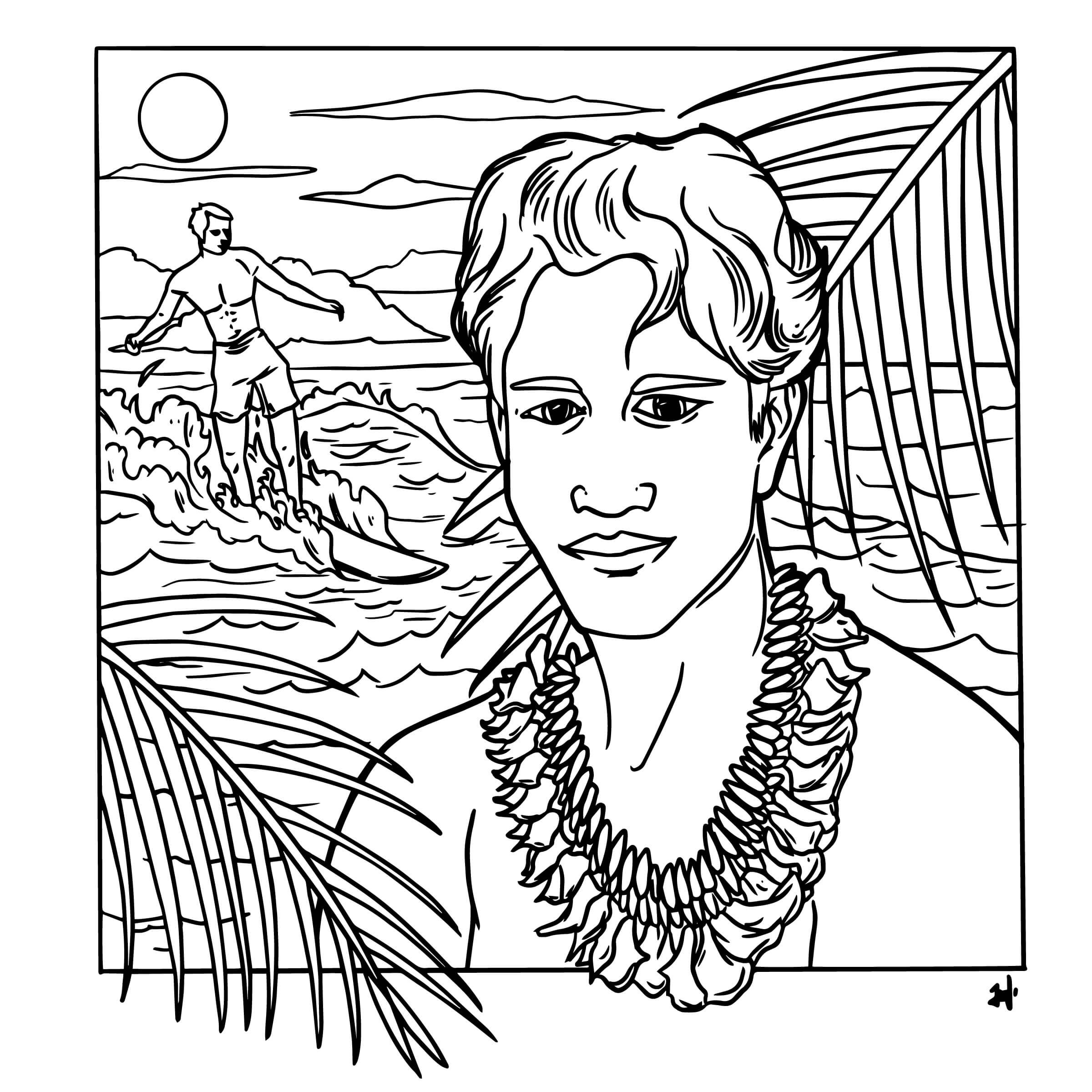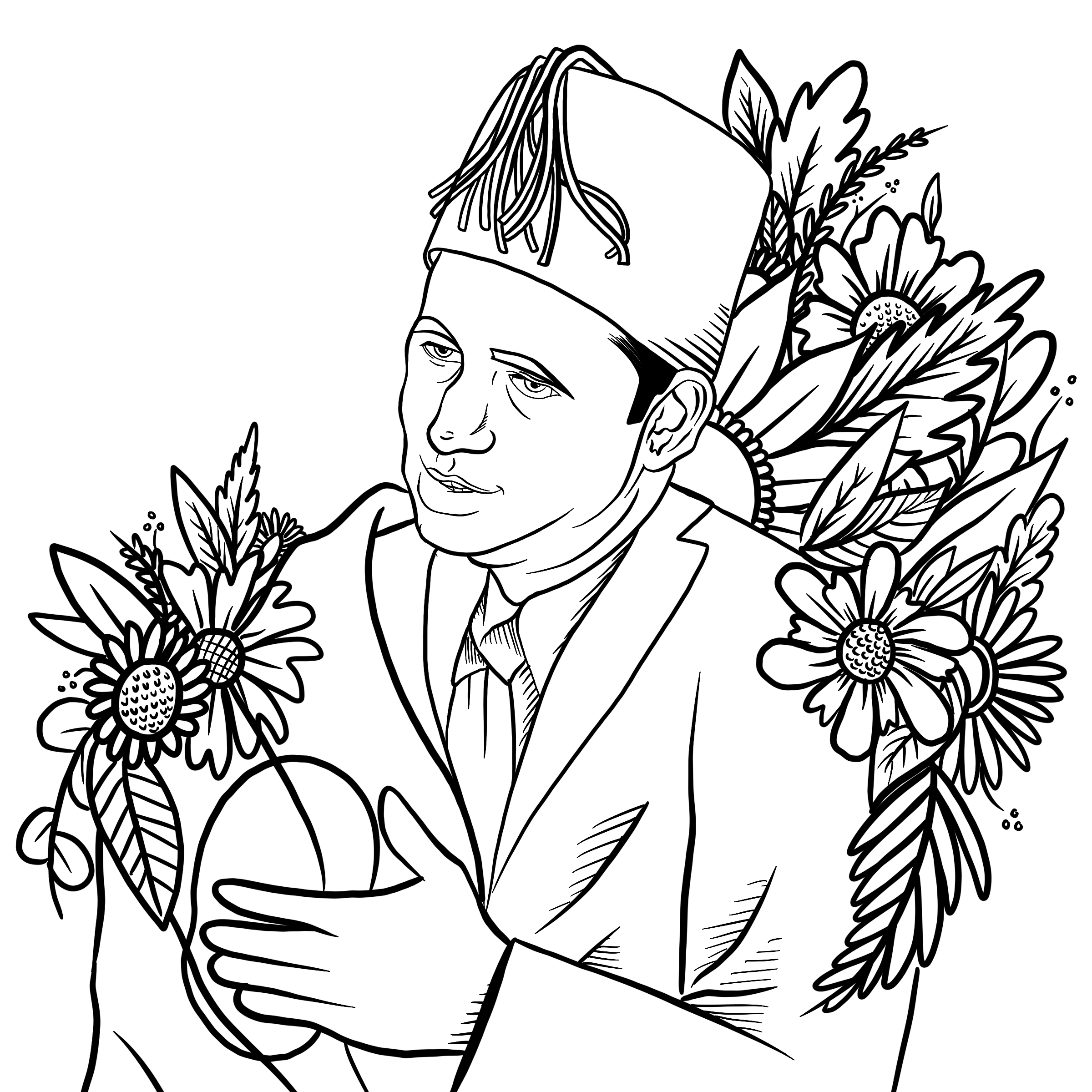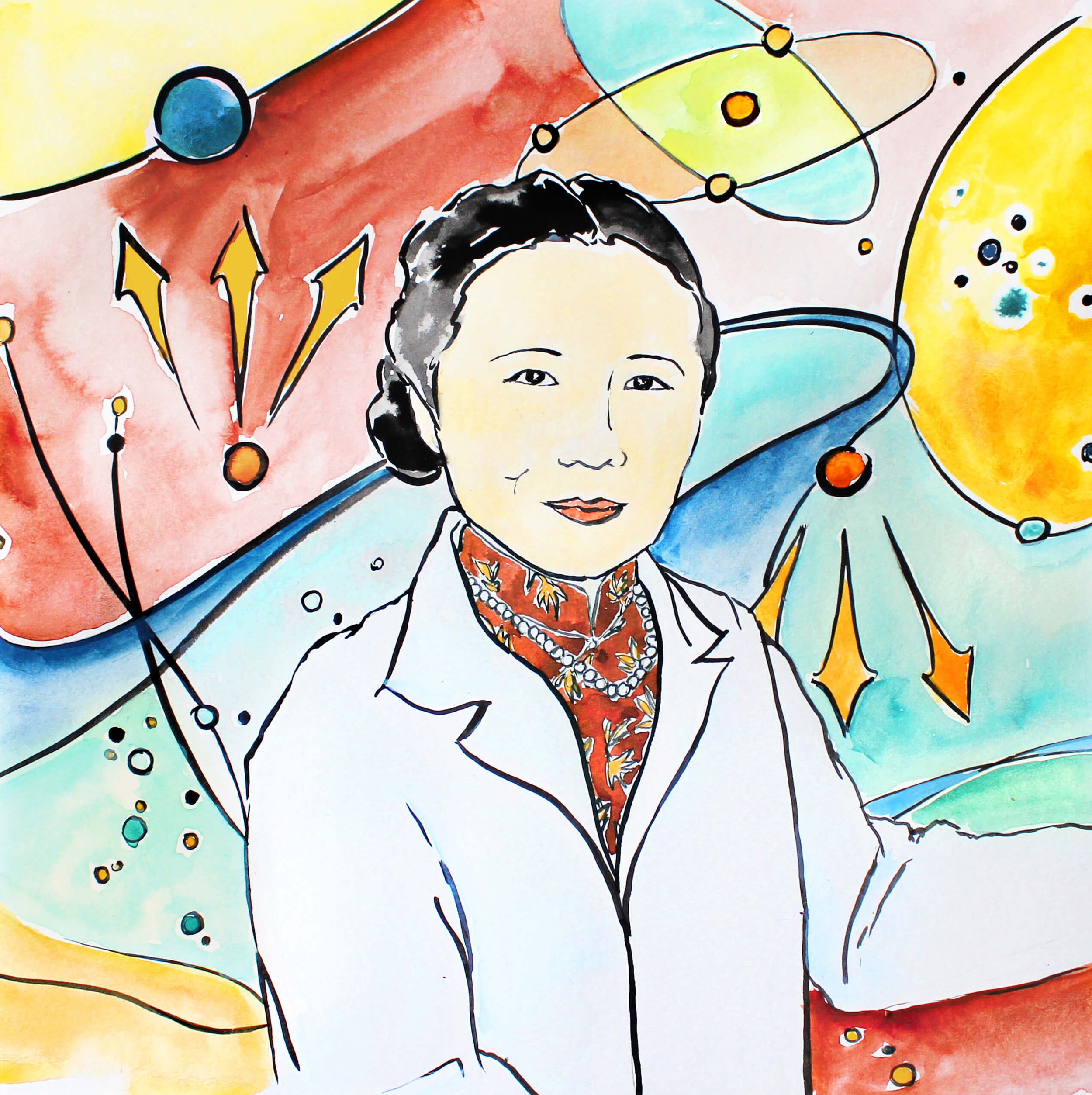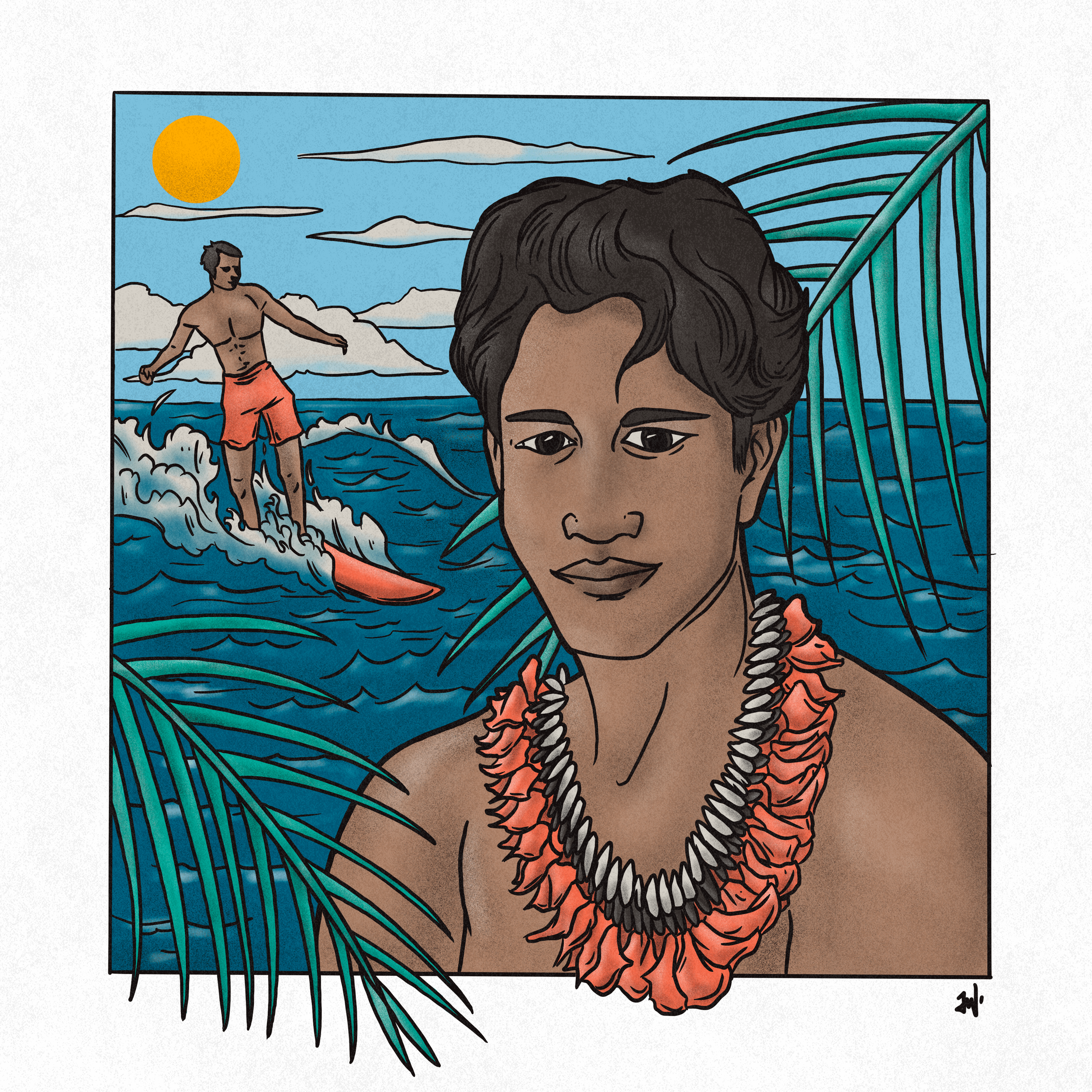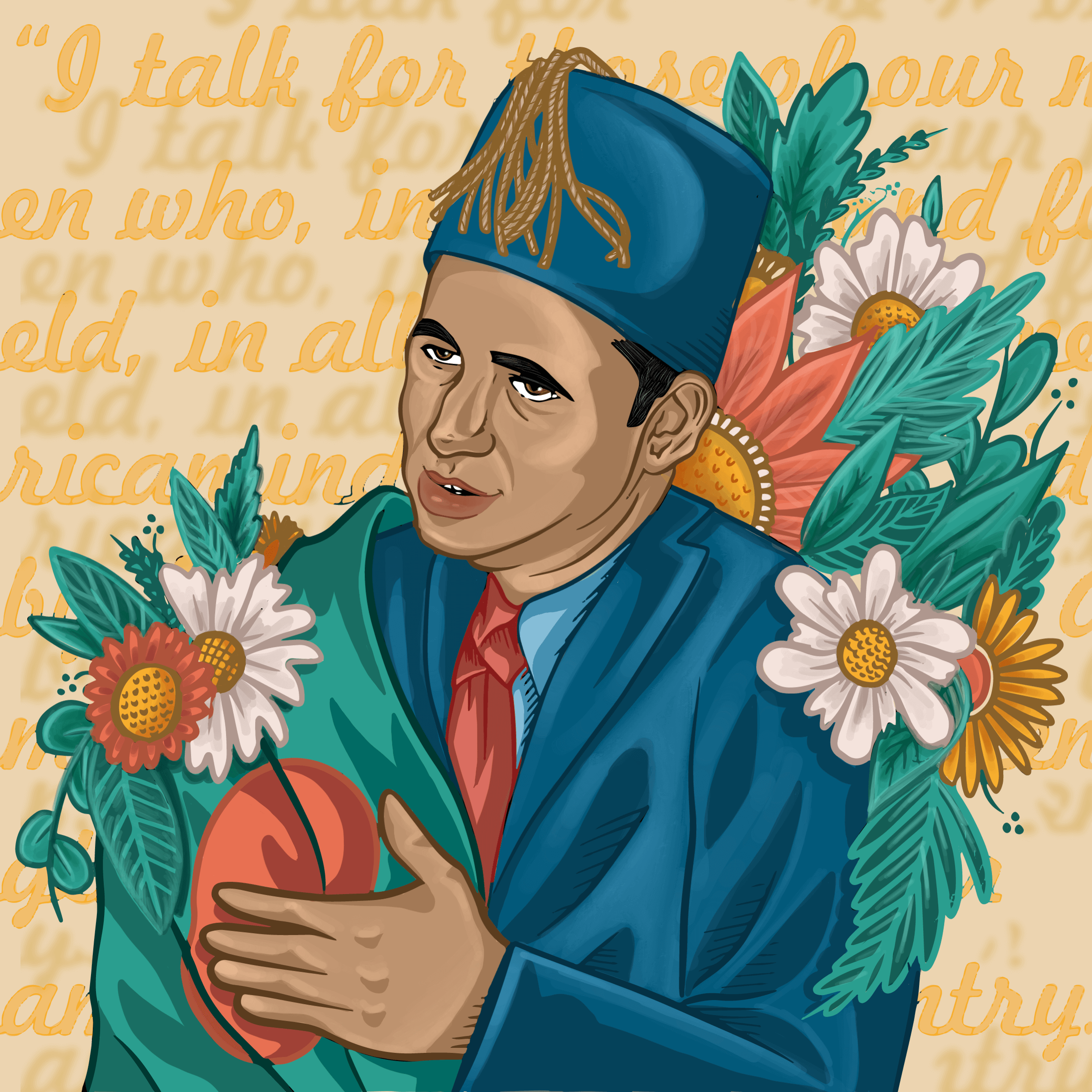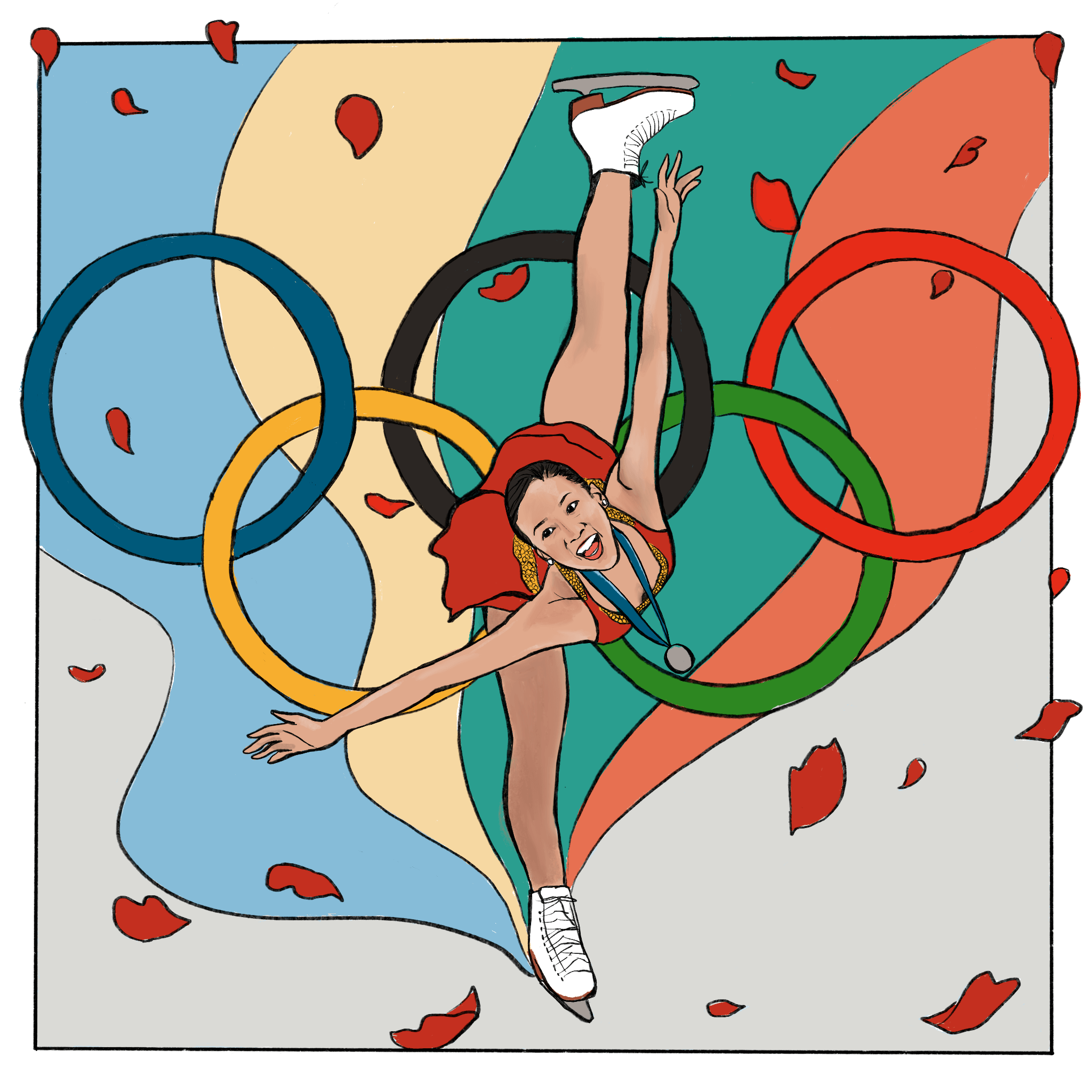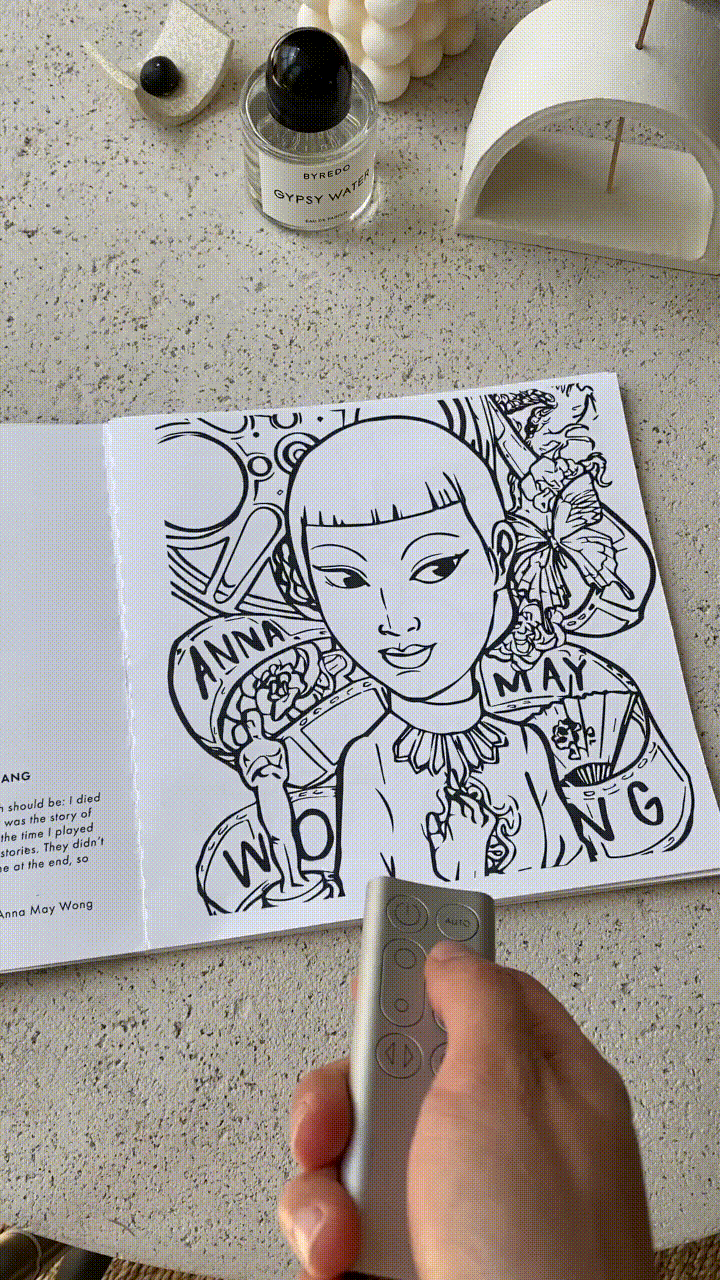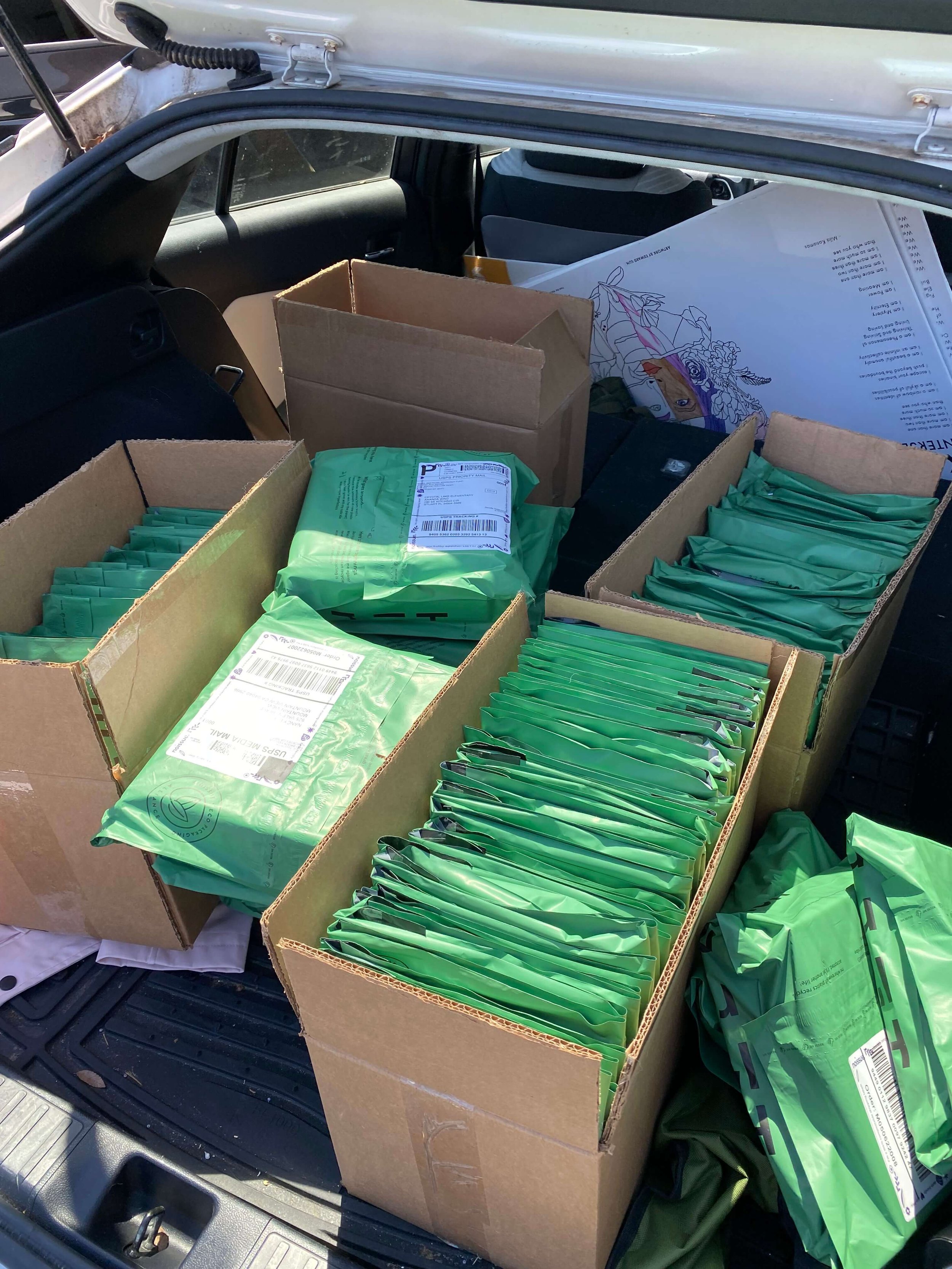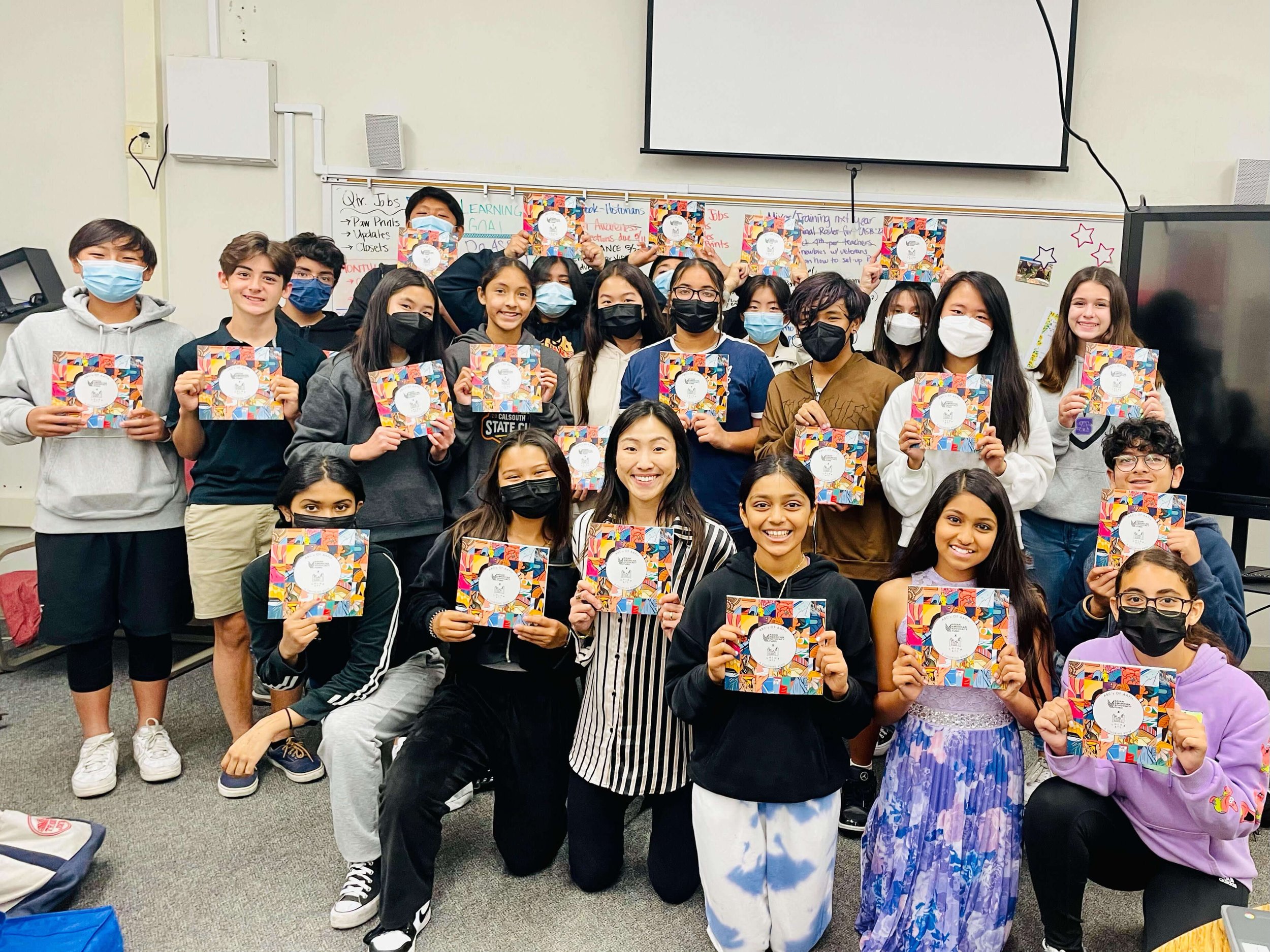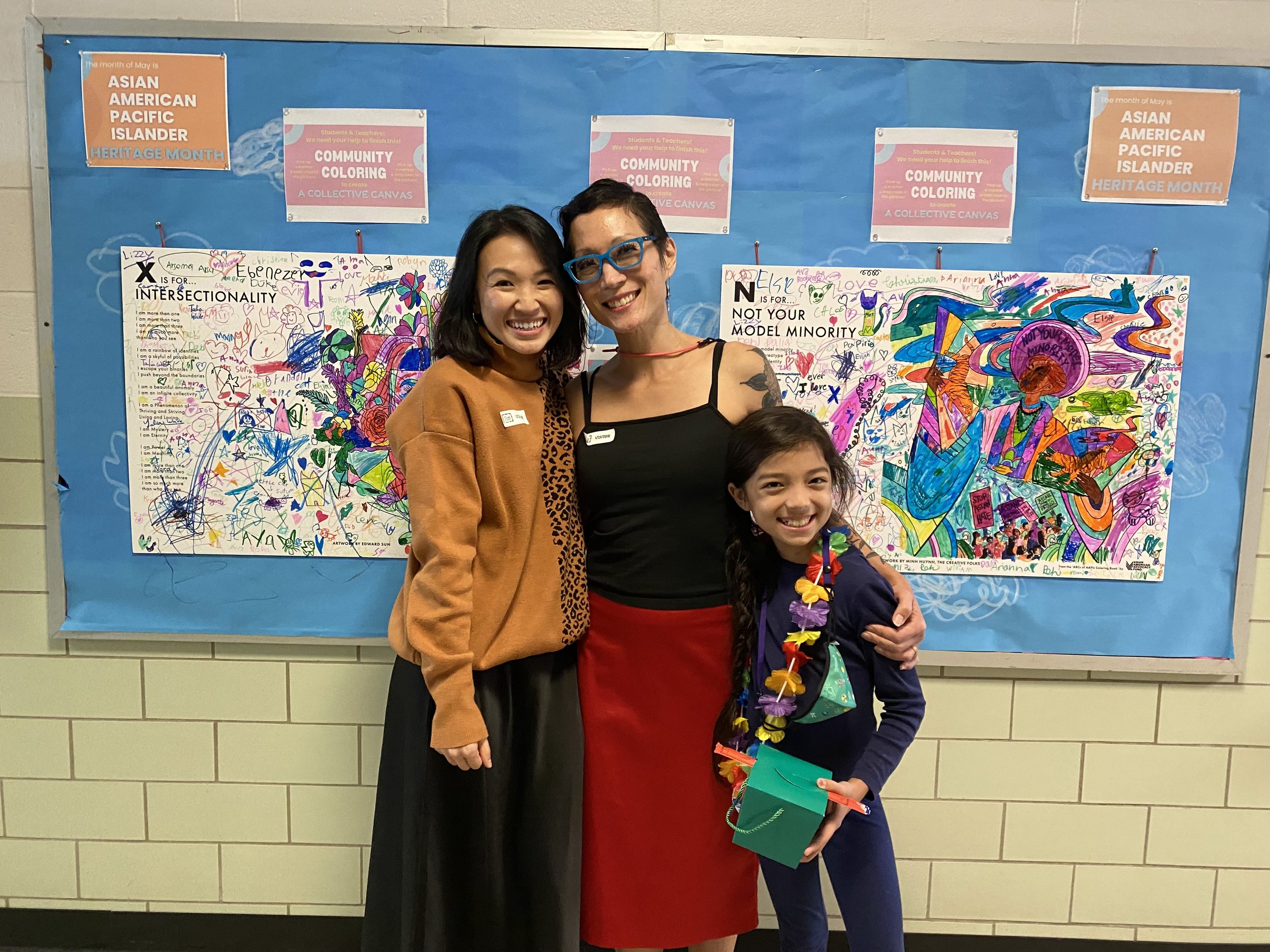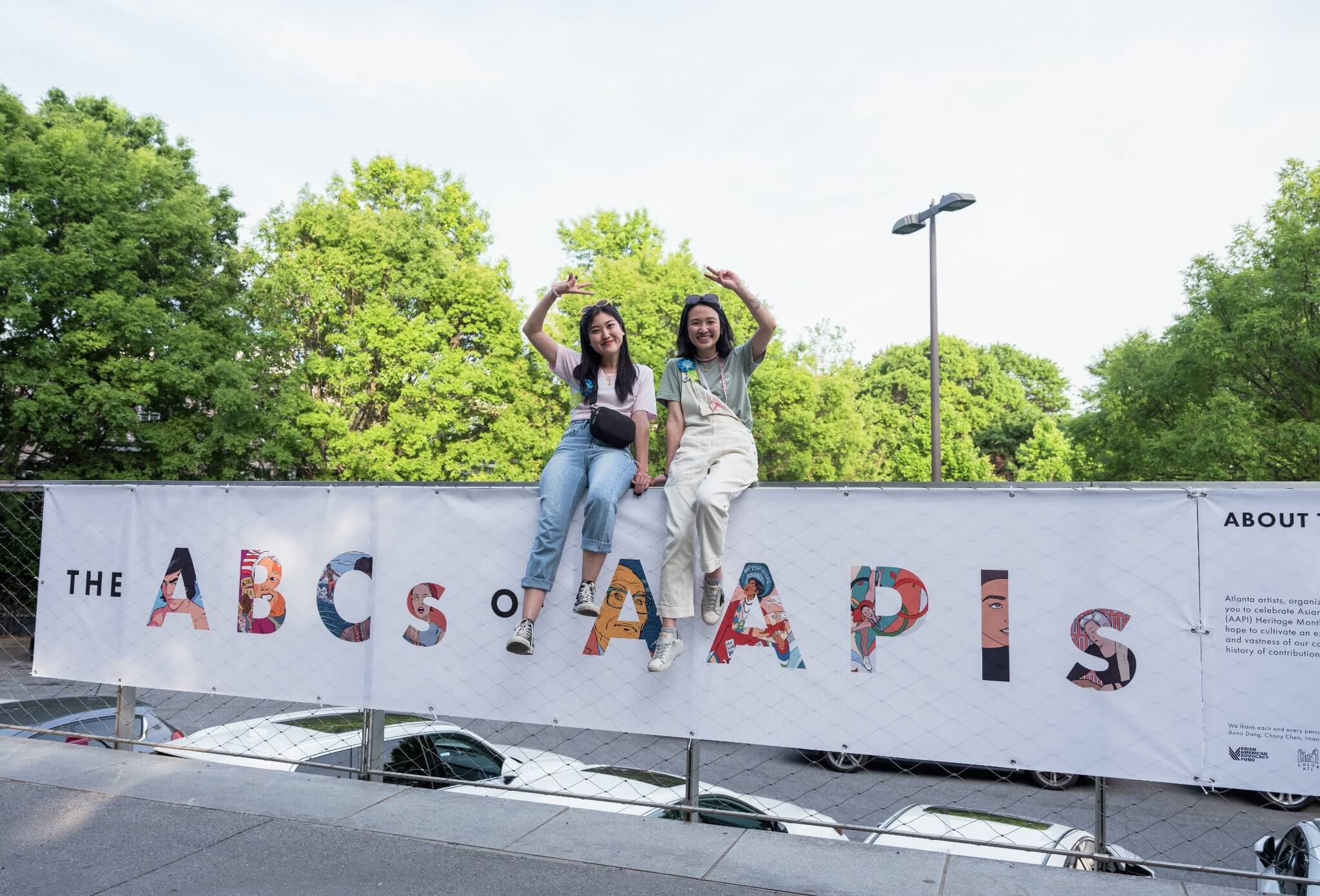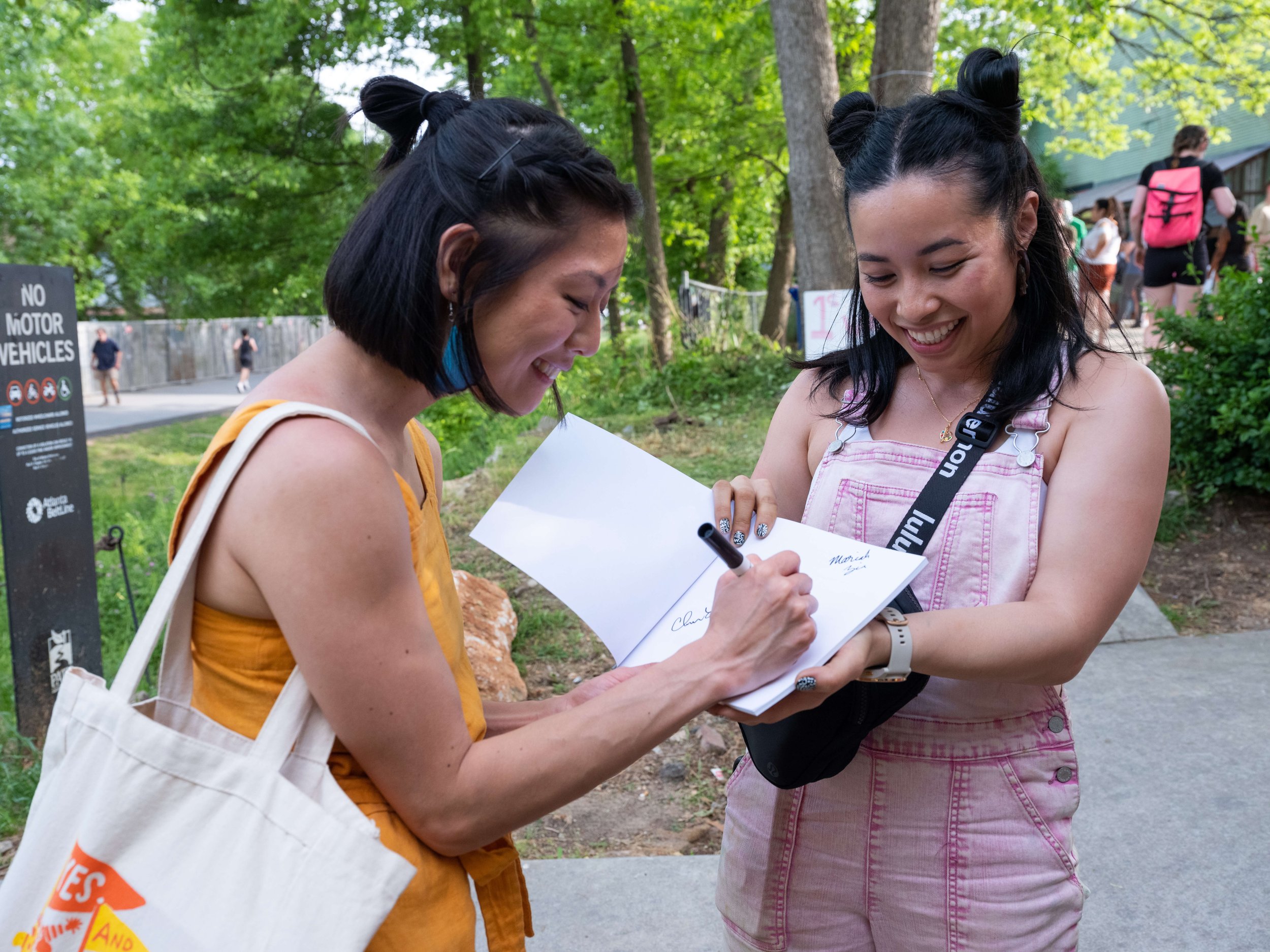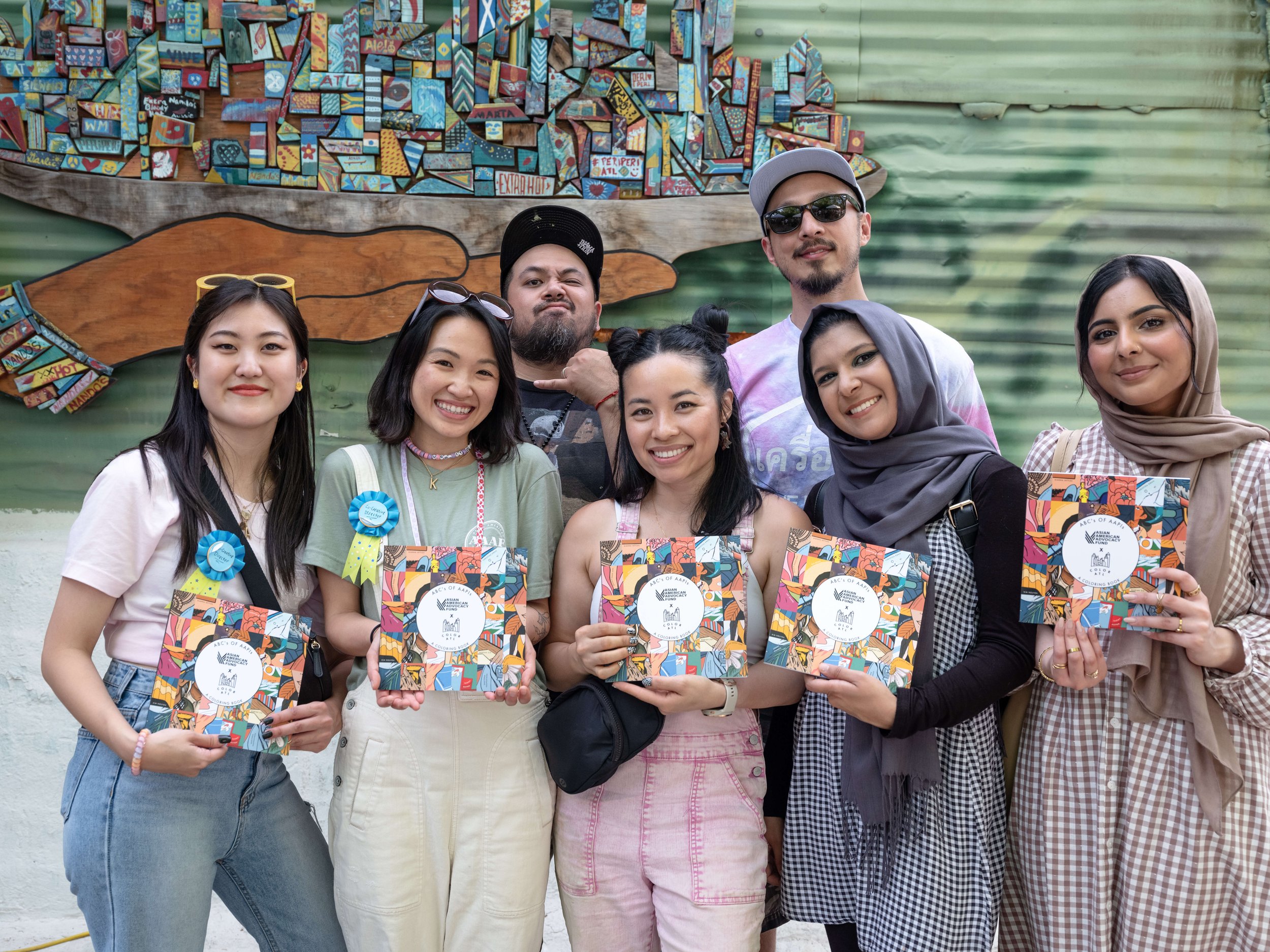“The ABCs of AAPIs”: Working with Local Artists to Bridge a Gap Between Art and Activism
Overview
The Asian American Advocacy Fund’s mission is to advocate for the civil and human rights of Asian Americans, Pacific Islanders, and Native Hawaiians in Georgia.
Our client, AAAF, received a request for proposal from the AAPI Civic Engagement Fund (AAPI CEF). We pitched a campaign to work with artists and influencers in Atlanta to advance a social issue, and they got the full $50,000 grant.
We walked away with 8,000 (sold out) coloring books, a 150-foot art exhibit on the Atlanta Beltline, 200 (and counting) school and non-profit partnerships, and a five-minute documentary shown at schools nationwide during Asian American and Pacific Islander Heritage Month.
Our Approach
Our process was this:
Find artists
Research book publishing and printing
Nail down the content of the book
Determine a distribution process
Repackage the art in some way (we anticipated having money left over from making the book)
Finding Artists
Of the 20 artists we worked with, Kavi only knew seven prior to this project. She emailed, called, and slid into the DMs of around 30 complete strangers around Atlanta.
What nudged them to respond is two things:
Kavi used her personal Instagram profile, not the organization’s. She wanted to keep the initial message light and personal.
Kavi made sure to always mention that we have a budget, and always pay for their time, on time.
Book Content
Visual artists do not like lots of words, but there were so many details to cover. We spent hours and hours on a single email to make sure it was concise but also hit all the points.
We made sure to give clear:
Visual examples of art style
Color scheme to keep everything cohesive
Deadlines (3 weeks for a rough draft, plus 2 weeks for final submission)
Deliverables (a black-and-white version for the coloring book and a colored version for the exhibit)
Budget ($350 per artwork, their choice to create 1 or 2)
People always asked us: “How did you decide which figures to add in the book?” Thankfully, we didn’t have to.
We partnered with two high school student organizations, Asian Student Alliance and Westminster Mooncakes, to help populate a list, do research, and make the final decisions.
From there, we let our artists vote on their first and second picks according to whose stories they connected with.
Illustrations: Chien-Shiung Wu by Christina Kwan; Duke Kahanamoku by Johnny Warren; Ibrahim Chowdry by Hufsa Zia; Michelle Kwan by Nicole Kang Ahn
Another component we’re so proud of is the beautiful and heartwarming collection of poetry that accompanies each figure, written by Gina Yu, Jessie Lian, and Mila Konomos.
Book Creation
In our initial research, we found ColorATL, who partners with local artists to make coloring books. We reached out to Executive Director William Massey and the ColorATL team, who gave us a blueprint of how they make their books — what kind of paper, how many, how much, how long, where, when — and even referred their layout artist to design the book, which saved us so much time and learning.
Distribution
We made two distribution routes for our 8,000 books:
Large Book Distribution:
For schools and non-profits to use in curriculum or programming
Free and Pay-What-You-Can model (suggested $5 per book)
Circulated a Book Request form nationwide, which got 147 requests. We fulfilled 80 requests with awards ranging from 10 books to 250 books. The largest book order was from Gwinnett County Public Schools for 1,000 books.
Large distribution accounted for 56% (4500) of total books.
Direct Distribution:
For individuals to support the work
$20 per book, through donation on ActBlue
We designed and ordered the packaging, ran marketing, and mailed out books to individual donors every week
Individual donors accounted for 24% (1900) of total books
Direct distribution was not initially part of the plan, but as we talked about the books, so many people asked where to get one, and it didn’t sit well to keep telling them it was only available for schools and nonprofits. We made the case to AAAF, and they agreed to add more budget to make it work.
Educator Resources
An unplanned, but necessary addition: Educator Resources.
Almost every educator said the same thing. “That’s great you can send me 25 books, but I kinda need 300.” We still shiver at the idea of us wanting to make something accessible and really believing that 25 per school would make any impact.
We considered uploading a PDF version of the book for teachers to print, but felt uneasy and ill-prepared for the legalities that would follow to protect our artists and art. We resolved to make six printable pages of the book for classrooms and two XL interactive boards for APAHM events (they were such a hit!) Educators and organizers filled out a request form on the AAAF website to get a download link. We received 200 requests for Educator Resources from around the country with zero marketing.
Impact
We threw an APAHM Beltline Exhibit and Book Launch Party, which brought over 400 attendees and all the fun community vibes. As a bonus, our client Asian American Advocacy Fund was able to introduce their advocacy work to a brand new audience.
The success of the Beltline Exhibit amplified the whole project, landing us press coverage from:
11Alive (twice! Longer story here)
We were invited to talk about the book at the SPANX and Microsoft offices in Atlanta.
The press coverage helped us get the attention of some figures in our book, who we were ecstatic to send copies to: Michelle Kwan, The Korematsu Institute, The Grace Lee Boggs School, Bruce Lee Foundation, and Ocean Vuong.
To wrap the whole project up, we wanted to uplift our artists and creators in a documentary that was shown to hundreds of schools nationwide during Asian American and Pacific Islander Heritage Month.
Creative Direction: Kavi Vu, Arah Kang
Artists: Andrew Blooms, Christina Kwan, Crystal Jin Kim, Dianna Settles, Edward Sun, Hufsa Zia, Jonny Warren, Joy Zhang, Killamari, Kim Nguyen, Leah Abucayan, Mariah Zia, Minh Huynh, Nicole Kang Ahn, Pui Tam, Sanithna Phansavanh, Tammy Huynh
Writers: Gina Yu, Jessie Lian, Mila Konomos
Poster Design, Art Exhibit Design: Kim Nguyen
“The book is fantastic! As an educator and a parent of Asian American children, I am so very appreciative of the writers’ and illustrators’ talent at tapping into this human experience in such a compassionate way.”
— Smita Garg, Former Diversity Committee Chair, K-8 Skinner North Classical School
PARTNER
Asian American Advocacy Fund
SERVICES
Digital Creative Content
Campaign Strategy & Implementation
Program Development & Management
Grant Writing
Community Based Outreach
Print Design
Art Exhibit Design
YEAR
2022


